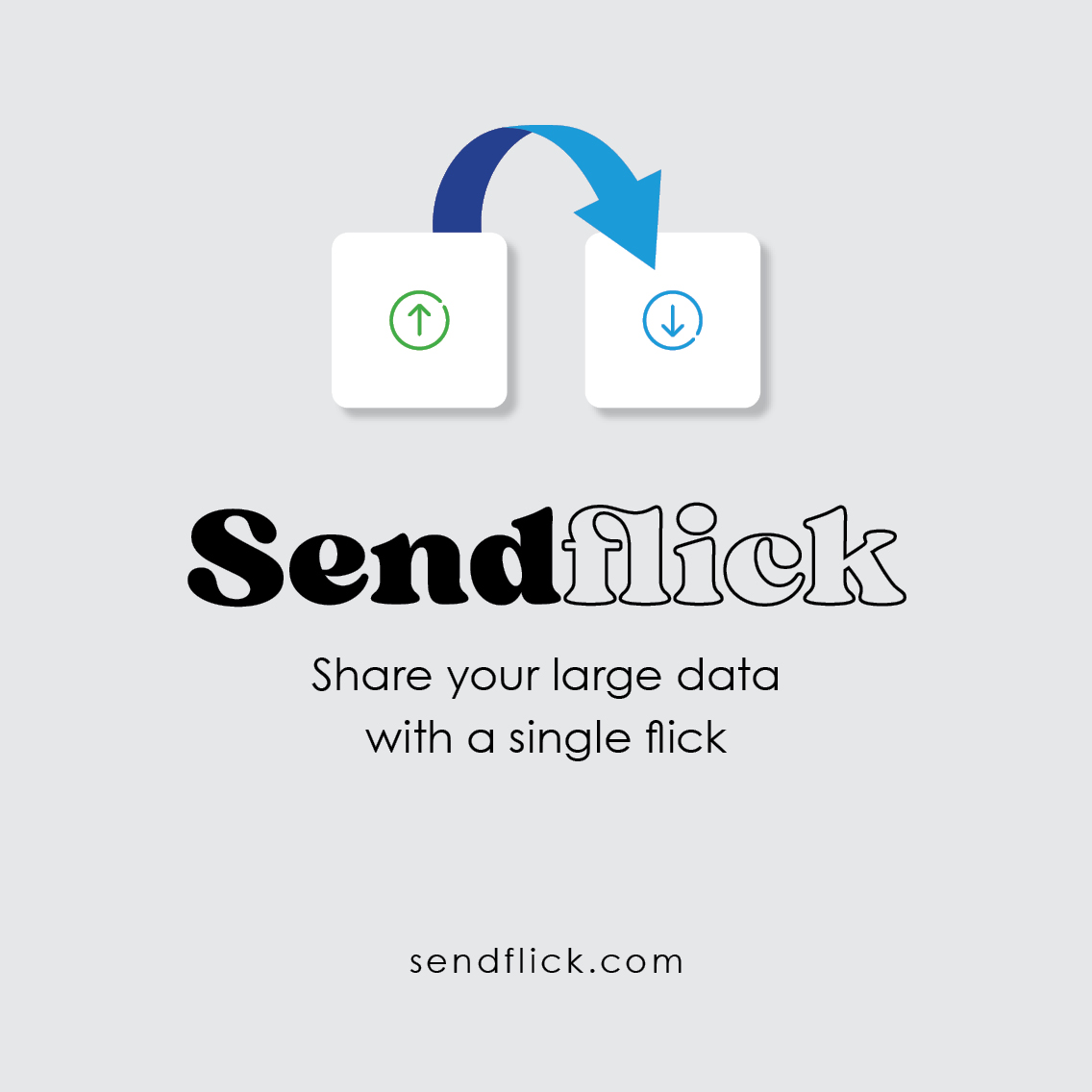Geofencing in digital marketing refers to the use of location-based technology to create virtual boundaries around specific geographic areas. Marketers create these virtual boundaries, known as geofences, around physical locations. When a potential customer enters the designated area with a mobile device, marketers can deliver targeted ads, promotions, or notifications.
Geofencing marketing relies on the location services of users’ mobile devices, such as GPS, Wi-Fi, or cellular data. For example, when you pass by a local restaurant and enter its geofence, you might receive a text message with a coupon for a free appetizer.
Marketers favor geofencing because it goes beyond traditional signage and physical advertising displays. They simply create a geofence on a digital map, which triggers an action when a mobile device enters the defined area.
Types of Geofencing Marketing
Marketers use geofencing in various ways to enhance their efforts. Whenever someone enters a specific geofence, such as a retail store, an event venue, or a neighborhood, you can display the following types of marketing:
- Push Notifications: When users enter the geofenced area, the campaign sends a message that appears on their smartphone screens via the app. For example, a flower shop might inform users about a special offer on roses.
- Text Messages: If you have customers’ phone numbers, you can automatically send them text messages within your virtual boundary. For instance, a restaurant might remind users that it’s time for a meal when they are just a block away.
- PPC Ads in a Web Browser: With pay-per-click (PPC) ads, you pay a platform like Google Ads to display PPC ads in a user’s web browser if they search for your product or service within your area. A nail salon, for example, could use this type of location targeting to reach people searching for “nail salons near me.”
Advantages of Geofencing
Here are some key advantages of incorporating geofencing into your marketing strategy:
- Targeted Advertising: Geofencing technology allows you to deliver relevant messages to a targeted audience. You can reach users at the right time and in the right place because you know they are in a specific location. This increases the chances of conversion.
- Personalization: Knowing who your users are and where they are enables you to better tailor your messages. Personalization helps create a sense of relevance and increases the likelihood of customer engagement. Additionally, you provide value and convenience to customers, which can enhance loyalty.
- Real-Time Customer Interaction: Engaging with your customers in real time when they are nearby can help capture their attention. By using push notifications, text messages, or ads, you can deliver timely and location-specific messages that encourage action.
- Data-Driven Insights: When users download your app and grant access to their location data, you can gain valuable insights into customer behavior, traffic patterns, and preferences. This can help you better understand your target audience, optimize marketing strategies, and make informed business decisions.
You can even use the data to target users who visit your competitors’ locations, providing ads or offers to users who have recently visited a competitor’s store to entice them to consider your alternatives.






